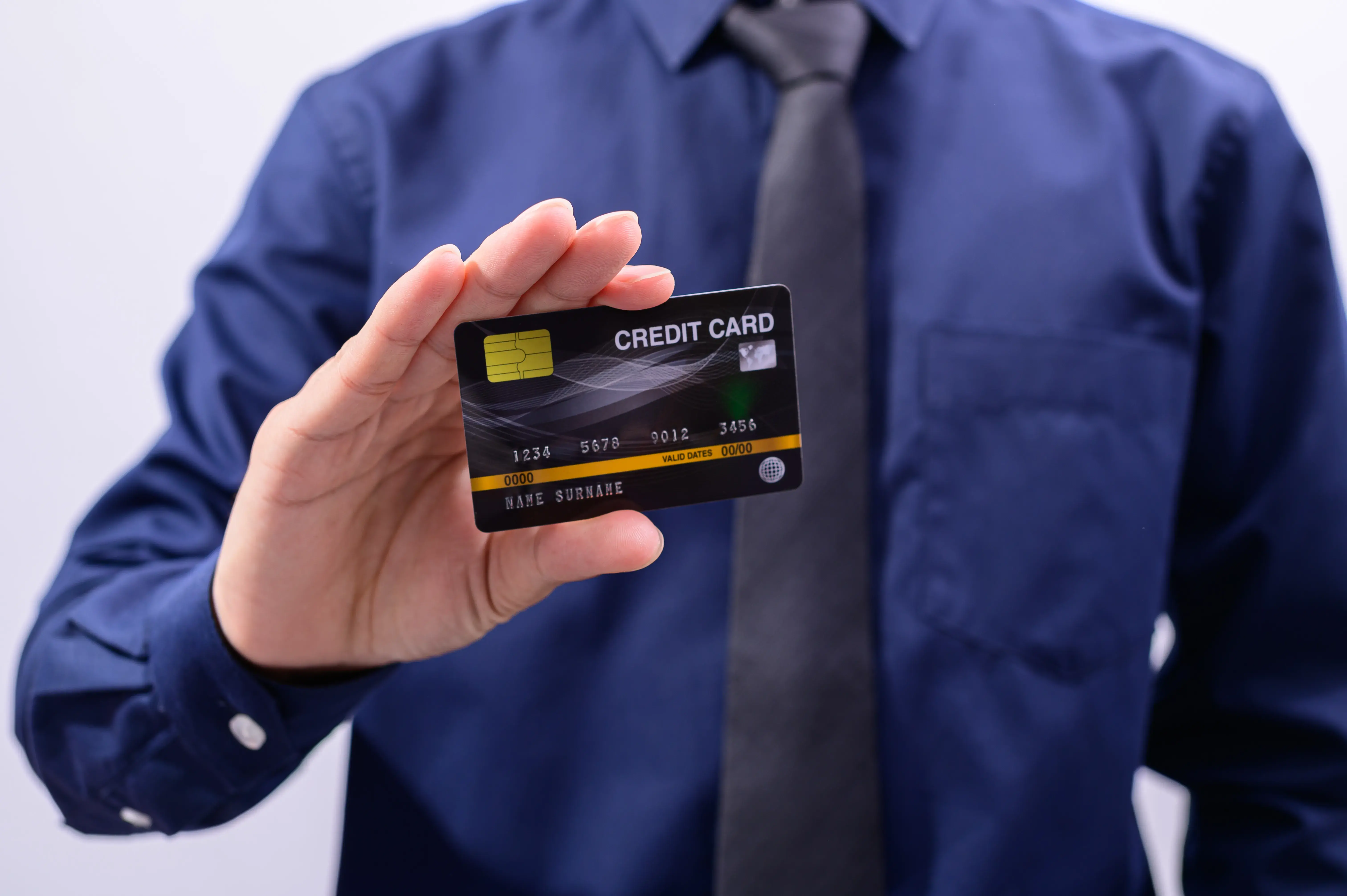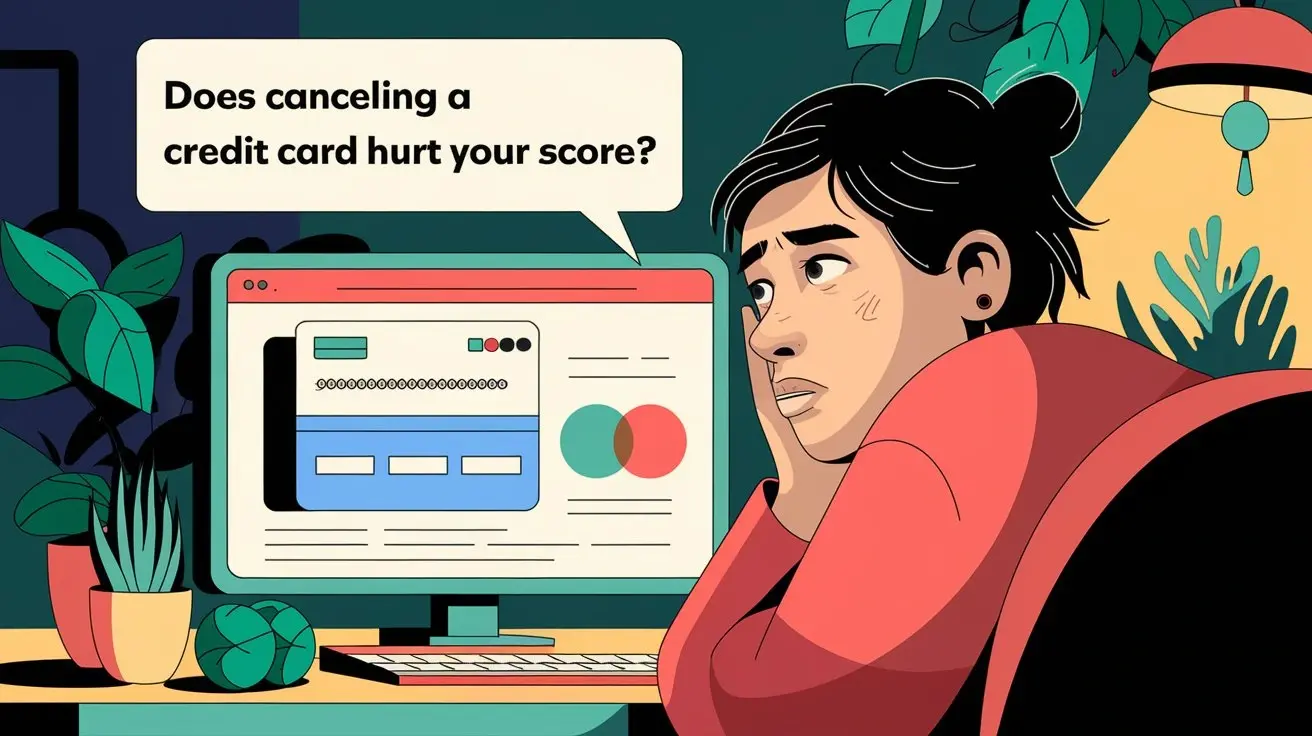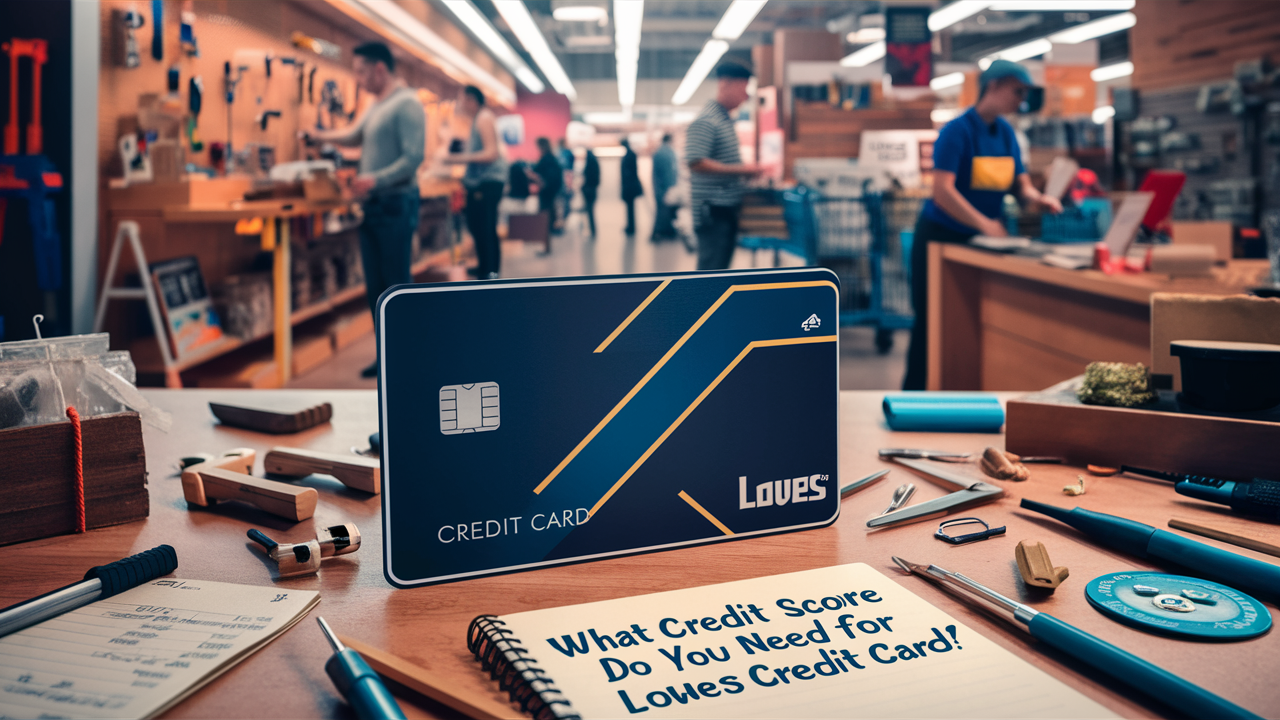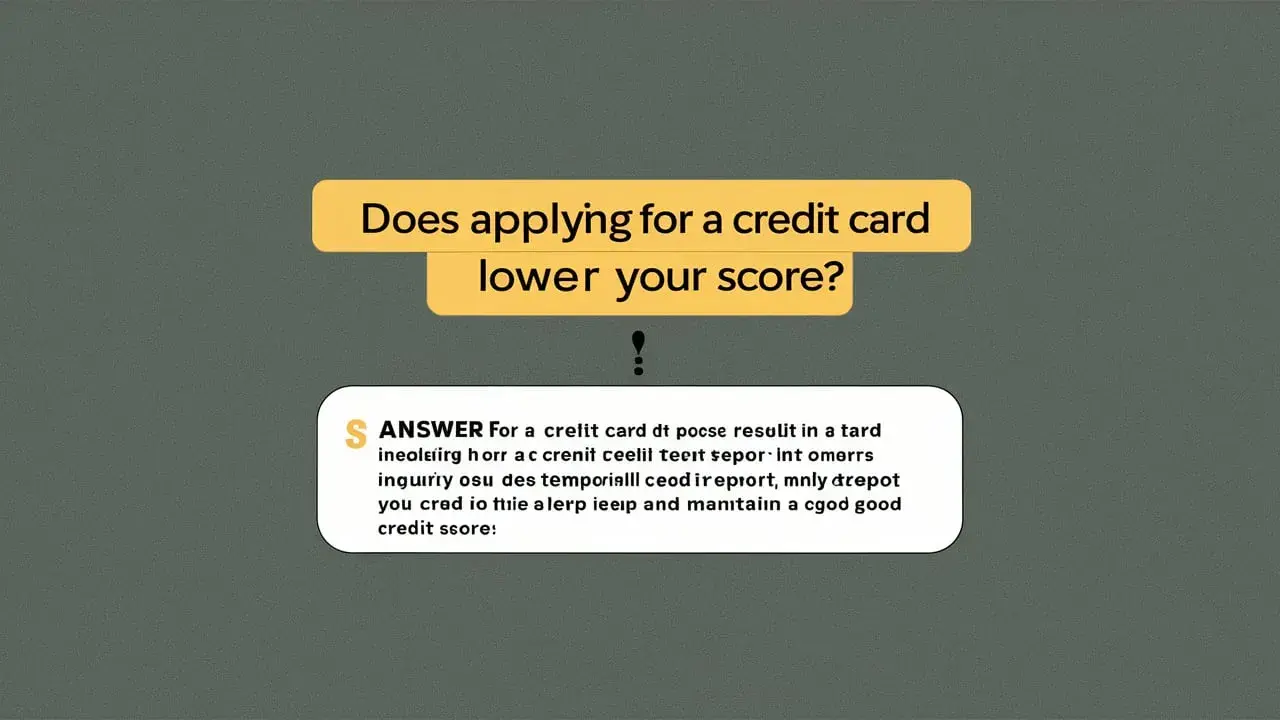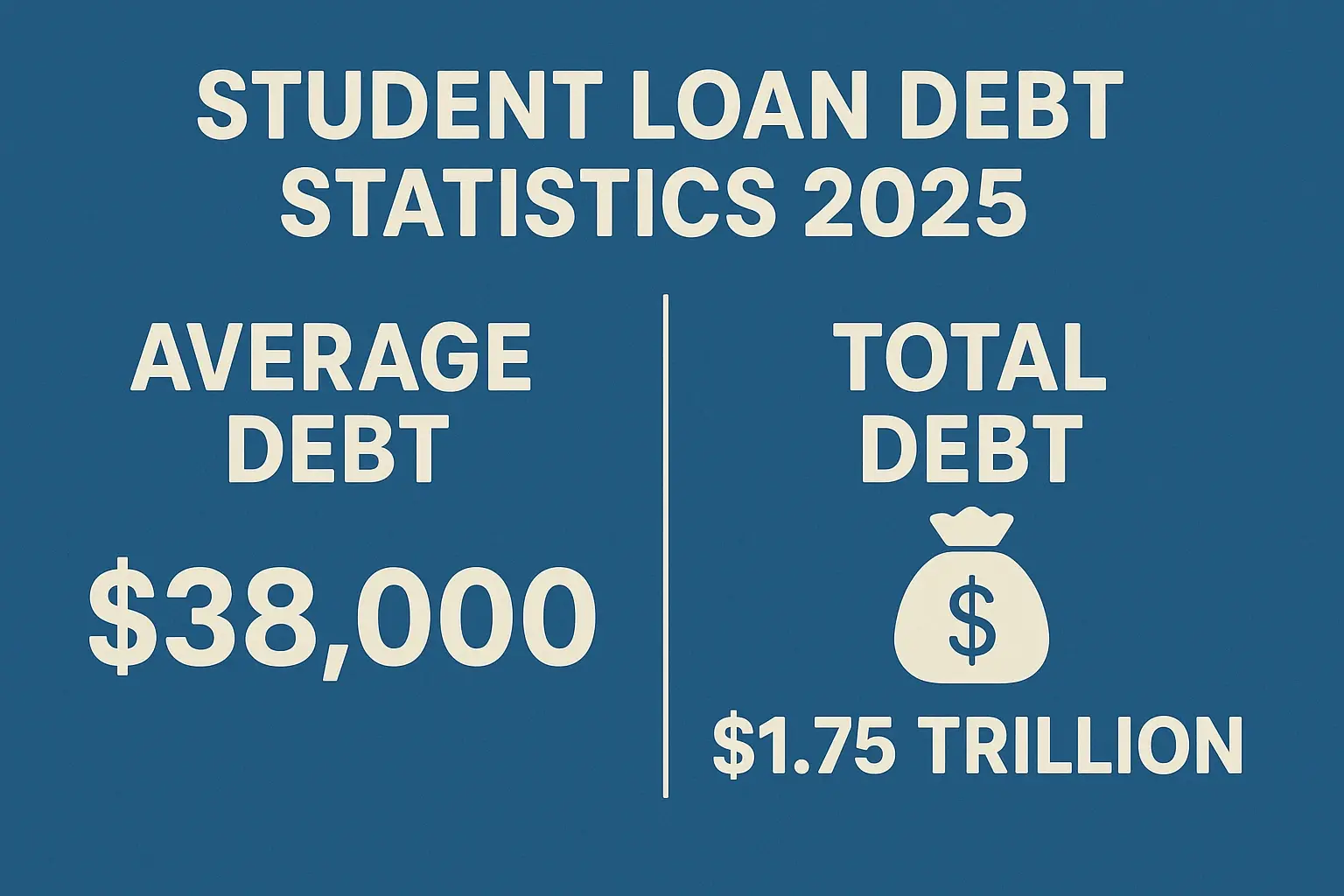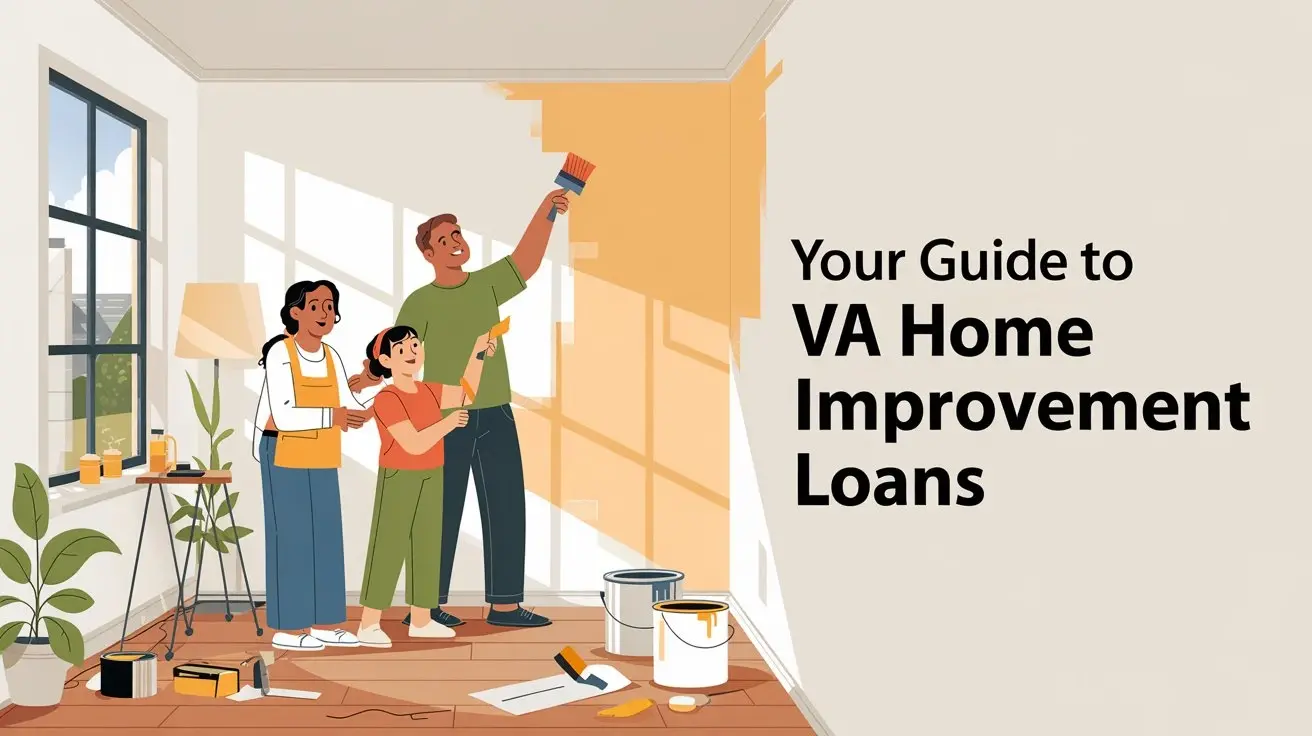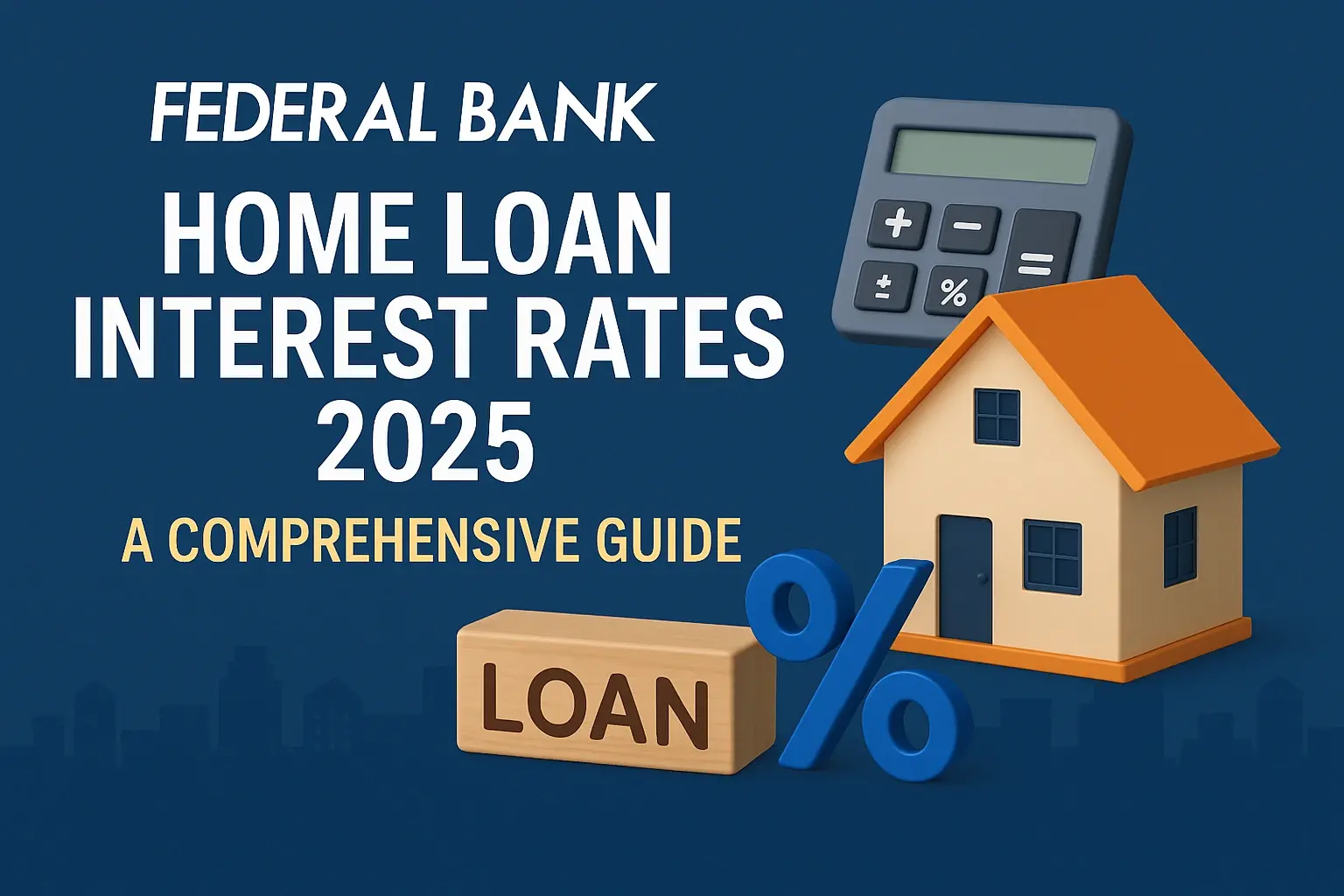-
Posted on: 21 Dec 2022
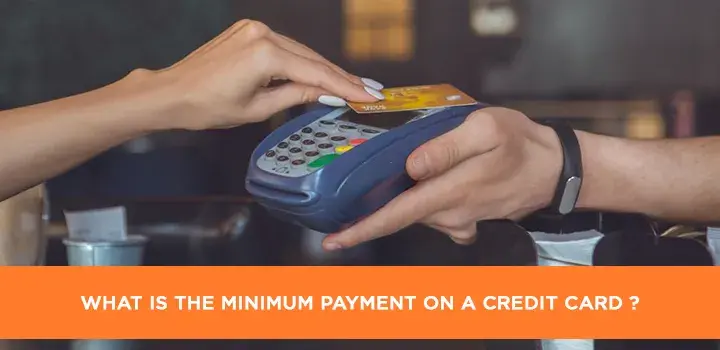
-
Understanding Your Credit Card Minimum Payment: A Comprehensive Guide
Credit cards offer a convenient way to make purchases, but understanding the ins and outs of your credit card agreement is vital for responsible credit management. One of the most crucial aspects to grasp is the minimum payment. While it might seem like an easy way to manage your debt, consistently paying only the minimum can lead to significant financial burdens in the long run. This article will delve deep into what the minimum payment is, how it's calculated, the implications of paying only the minimum, and strategies to effectively manage your credit card debt.

Image depicting a credit card being used, symbolizing responsible credit management.
What Exactly is the Minimum Payment?
The minimum payment is the smallest amount you're required to pay on your credit card bill each month to keep your account in good standing. It's essentially the bare minimum to avoid late fees and negative impacts on your credit score. While it might seem appealing to pay only this small amount, it's crucial to understand the long-term consequences.
How is the Minimum Payment Calculated?
The calculation of the minimum payment varies depending on the credit card issuer and the specific terms of your card agreement. However, here are some common methods:
- Percentage of the Balance: This is the most common method. The minimum payment is often a small percentage (typically 1% to 3%) of your outstanding balance plus any accrued interest and fees.
- Fixed Dollar Amount: Some credit cards have a fixed dollar amount as the minimum payment, regardless of the balance. For example, the minimum payment might be $25, even if your balance is much higher.
- Percentage of Balance Plus Fees and Interest: As mentioned above, this is very common, especially for higher balances.
- Hybrid Approach: Some issuers use a combination of these methods. For instance, they might require a minimum payment of 1% of the balance plus interest and fees, or $25, whichever is greater.
Example: Let's say your credit card balance is $1,000, and the minimum payment is 2% of the balance plus interest and fees. If the interest and fees total $20, your minimum payment would be ($1,000 * 0.02) + $20 = $40.
Finding the Minimum Payment Details
The exact method used to calculate your minimum payment will be clearly outlined in your credit card agreement. You can also find this information on your monthly statement, either in the printed or online version. Look for a section titled "Minimum Payment Due" or similar wording.
The Hidden Dangers of Paying Only the Minimum
While paying the minimum payment keeps your account current, it comes with significant drawbacks. Understanding these drawbacks is crucial for making informed financial decisions.
Increased Interest Charges
The most significant consequence of paying only the minimum is the accumulation of interest charges. When you don't pay off your entire balance each month, you're essentially borrowing money from the credit card issuer and being charged interest on the outstanding amount. The longer it takes to pay off your balance, the more interest you'll accrue. This can lead to a cycle of debt where a large portion of your payments goes towards interest rather than reducing the principal balance.
Example: Let's say you have a $2,000 balance on a credit card with an 18% APR (Annual Percentage Rate) and you only make the minimum payment each month. It could take you years to pay off the balance, and you'll end up paying significantly more than the original $2,000 in interest.
Prolonged Debt Repayment
Paying only the minimum payment drastically extends the amount of time it takes to pay off your credit card debt. What might seem like a manageable debt can quickly become a long-term financial burden, potentially impacting your ability to achieve other financial goals, such as saving for a down payment on a house or investing for retirement.
Higher Credit Utilization Ratio
Your credit utilization ratio is the amount of credit you're using compared to your total available credit. It's a significant factor in your credit score, typically accounting for around 30% of your FICO score. Paying only the minimum keeps your credit utilization high, which can negatively impact your credit score. Lenders view high credit utilization as a sign of financial risk, as it suggests you're heavily reliant on credit.
Missed Opportunities
The money you spend on interest payments could be used for other, more productive purposes, such as investing, saving for retirement, or pursuing personal goals. By paying only the minimum, you're essentially throwing money away on interest, which could have been used to improve your financial well-being.
Strategies for Avoiding Minimum Payment Traps
Breaking free from the minimum payment cycle requires a proactive approach to managing your credit card debt. Here are some effective strategies:
Pay More Than the Minimum
The simplest and most effective strategy is to pay more than the minimum payment each month. Even a small increase in your payment can significantly reduce the amount of interest you pay and the time it takes to pay off your balance. Aim to pay as much as you can afford each month.
Create a Budget
Developing a budget is essential for understanding your income and expenses. By tracking where your money is going, you can identify areas where you can cut back and allocate more funds towards paying down your credit card debt. Numerous budgeting apps and tools are available to help you create and manage your budget effectively.
The Debt Snowball Method
The debt snowball method involves listing your debts from smallest to largest, regardless of interest rate. You focus on paying off the smallest debt first, while making minimum payments on all other debts. Once the smallest debt is paid off, you move on to the next smallest debt, and so on. This method provides a psychological boost as you see progress quickly, which can motivate you to stay on track.
The Debt Avalanche Method
The debt avalanche method involves listing your debts from highest to lowest interest rate. You focus on paying off the debt with the highest interest rate first, while making minimum payments on all other debts. This method is mathematically the most efficient way to pay off debt, as it minimizes the amount of interest you pay overall.
Balance Transfers
A balance transfer involves transferring your existing credit card balance to a new credit card with a lower interest rate or a 0% introductory APR. This can save you a significant amount of money on interest charges and help you pay off your balance faster. However, be aware of balance transfer fees, which are typically a percentage of the transferred balance.
Debt Consolidation Loans
A debt consolidation loan involves taking out a personal loan to pay off your credit card debt. The loan typically has a fixed interest rate and a fixed repayment term, making it easier to budget and track your progress. Before taking out a debt consolidation loan, compare interest rates and fees from different lenders to ensure you're getting the best deal.
Negotiate with Your Credit Card Issuer
In some cases, you may be able to negotiate with your credit card issuer to lower your interest rate or waive certain fees. This is especially likely if you have a good payment history. Contact your credit card issuer and explain your situation. They may be willing to work with you to find a solution that benefits both parties.
Seek Professional Help
If you're struggling to manage your credit card debt on your own, consider seeking professional help from a credit counselor or a debt management company. These professionals can provide guidance and support to help you develop a plan to pay off your debt and improve your financial situation.
Credit Repair Ease: Your Partner in Financial Wellness
At Credit Repair Ease, we understand the complexities of credit and debt management. We offer a range of services designed to help you improve your credit score, manage your debt, and achieve your financial goals. Our team of experienced professionals can provide personalized guidance and support to help you navigate the challenges of credit repair and debt management.
- Credit Repair Services: We can help you identify and dispute inaccurate or outdated information on your credit report, which can improve your credit score.
- Debt Management Counseling: We provide counseling services to help you develop a budget, manage your debt, and create a plan for achieving your financial goals.
- Educational Resources: We offer a variety of educational resources, including articles, guides, and webinars, to help you understand credit and debt management.
Contact Credit Repair Ease today to learn more about how we can help you achieve financial freedom.
